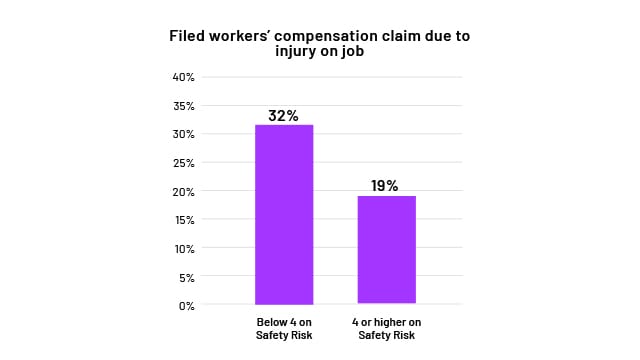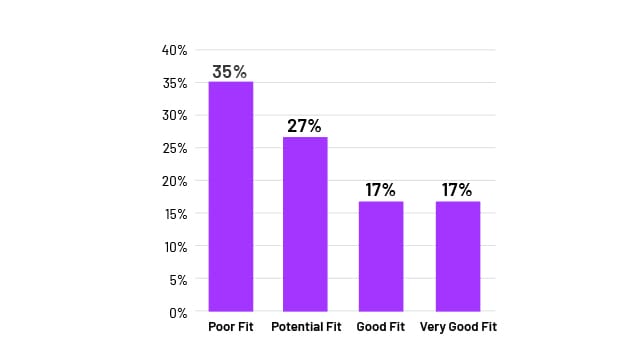Challenge
Over the past 20 years, Talogy has conducted thousands of job analyses. Almost without exception, the competency that is rated as most important by job content experts in manufacturing and/or physically demanding environments is safety. Improving safety and reducing accidents is important for organizations both ethically and financially. Estimates vary, but according to the Occupational Safety and Health Administration (OSHA), for every dollar that is spent on medical expenses for a workers’ compensation claim, an additional $4 for indirect workers’ compensation costs is incurred. Also, for every dollar of disability (lost time) expenses paid for a workers’ compensation claim, OSHA estimates an additional $2 to $10 is incurred in indirect workers’ compensation costs. Considering that in 2007, the average workers’ compensation claim was $46,800, the indirect cost would be over $200,000.
Workplace injuries are both more ubiquitous and serious than is commonly thought. According to a recent study by the U.S. Bureau of Labor Statistics, slightly more than one half of the 3.3 million private industry injury and illness cases reported nationally in 2009 were of a more serious nature that involved days away from work, job transfer, or restriction – commonly referred to as DART cases. In 2009, these occurred at a rate of 1.8 cases per 100 workers (U.S. Department of Labor, Bureau of Labor Statistics, News Release, October 21, 2010. USDL-10-1452). Therefore, nearly 50% of all injuries are severe enough to lead to loss of work, restricted duty upon return, and/or transferring out of the original job.
Hiring employees who are likely to work safely and assimilating them into a culture dedicated to high safety standards becomes more difficult when you are hiring contract or temporary employees who tend to be more transitory. The higher levels of turnover typically associated with contract employees makes fostering a stable, sustainable safety climate even more challenging, therein increasing the chance of injury.






